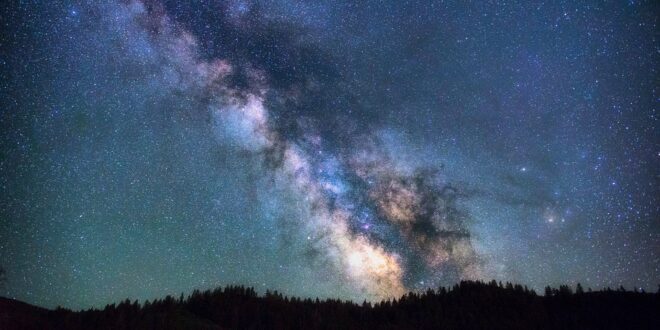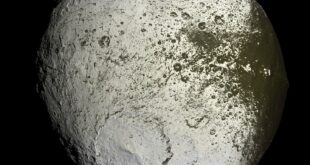The Top 10 Mysterious Planets that Leave Scientists in Awe
Our universe is filled with endless wonders, and among the most intriguing are planets that continue to baffle scientists with their enigmatic features. From strange weather patterns to mysterious inhabitants, these captivating celestial bodies unlock the limitless possibilities of outer space exploration. Let’s dive into the top 10 mysterious planets that leave scientists in awe!
1. Xenon-16: The Quirky Atmosphere
Xenon-16 takes the spotlight with its peculiar atmosphere, leaving scientists astounded. Known for its unusually high xenon concentration, this gas giant has intrigued researchers with its origins and the processes that generate its distinctive blend of gases.
2. Gliese 581g: The Goldilocks Star
Nestled within the habitable zone of its star, Gliese 581g has brought scientists closer to their quest for extraterrestrial life. This tantalizing planet has just the right conditions to harbor liquid water and possibly support living organisms, fueling our imagination and igniting our passion for exploration.
3. Trappist-1e: The Twilight Gem
Trappist-1e, located in the captivating Trappist-1 system, stood out with its enchanting features that mesmerized scientists. With its lingering twilight and potential for habitability, this planet tickles our imaginations. Researchers yearn to crack the secrets it holds and uncover the mysteries of its alluring atmosphere.
4. HD 189733b: The Perpetual Stormy Giant
We turn to HD 189733b, notorious for its perpetual storms and fierce winds that rage through its atmosphere. This gas giant baffles scientists with its turbulent weather and mysteriously dark blue hue, beckoning further investigation into the secrets hiding beneath its tempestuous facade.
5. Kepler-452b: Earth’s Cousin?
Kepler-452b, fondly called Earth’s cousin, has been meticulously studied, as it resides within its star’s habitable zone. Adorned with similarities to our own planet, this celestial body tantalizes researchers, raising questions about the potential for extraterrestrial life and the existence of a twin Earth nestled among the stars.
6. Gliese 436b: The Burning Iceball
Gliese 436b, often referred to as the burning iceball, puzzles scientists with its seemingly paradoxical nature. Despite being so close to its star, this planet manages to maintain a thin atmosphere enveloped by a layer of solid, crystalline ice. Understanding this astrological oddity fuels the curiosity of scientists eager to unlock its secrets.
7. WASP-12b: The Mysteriously Vanishing Planet
WASP-12b, a planet that seems to defy Newton’s laws of physics, captures the minds of curious scientists. This gas giant orbits extremely close to its star, roasting in scorching temperatures. Therefore, it comes as a mystery when observations reveal how its atmosphere constantly disappears, defying our current understanding of planetary evaporation.
8. 55 Cancri e: The Diamond Planet
In a galaxy brimming with mysteries, the diamond planet, 55 Cancri e, weaves a captivating tale. Showcasing a rocky surface composed of diamonds, it leaves scientists staggered by the immense wealth buried within its glowing structure. Imagining a planet encrusted with these precious gems presents intriguing possibilities for scientific exploration.
9. KIC 8462852: The Mysterious Star’s Aura
KIC 8462852, also known as Tabby’s Star, has perplexed scientists with its erratic light patterns and unexplained dimming events. The eerie irregularities surrounding this celestial body raise questions regarding the existence of enormous alien megastructures shadowing its radiant glow, fueling the bounds of possibilities waiting to be unraveled.
10. Venus: The Enigmatic Inferno
Lastly, we find ourselves captivated by Venus, Earth’s neighboring planet, hiding an enigmatic secret in its swirling atmosphere. Its scorching hot temperature, unyielding volcanic activity, and persistent greenhouse effect contribute to an inhospitable environment. Scientists endeavor to understand Venus’s tumultuous history, seeking insights into the potential consequences of climate change.
Embark on an astronomical journey as we delve into the awe-inspiring wonders, riddles, and curiosities presented by these ten mysterious planets that captivate scientists and provoke our unquenchable thirst for knowledge.
 Mind Uncharted Explore. Discover. Learn.
Mind Uncharted Explore. Discover. Learn.



